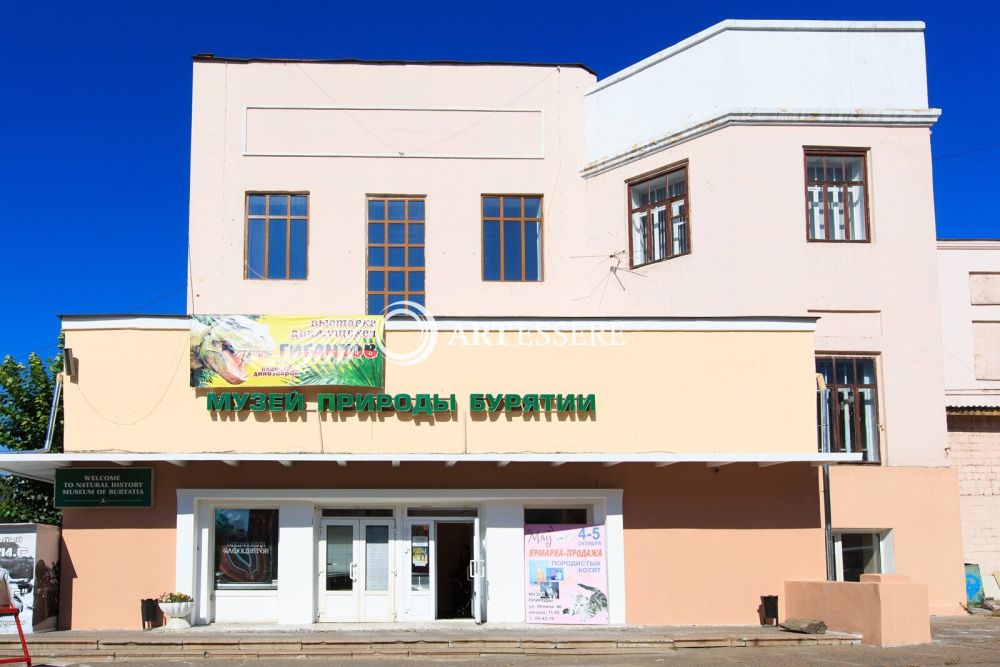

The Buryatia Nature Museum, located in the heart of Ulan-Ude, the capital city of the Republic of Buryatia in Russia, has long been a focal point for tourists seeking to understand the natural history and ecological diversity of the region. Ulan-Ude is situated near the vast and picturesque Lake Baikal, often referred to as the 'Pearl of Siberia.' The museum's roots can be traced back to the Soviet era when it was established to educate and showcase the unique flora and fauna of Buryatia to the local population and visitors alike.
Tourism in Buryatia, particularly in the context of the Buryatia Nature Museum, has seen various phases. During the Soviet period, the museum served not only as a repository of knowledge but also as a beacon of regional pride, highlighting the distinct characteristics of Eastern Siberia. It became a must-visit for those interested in the natural sciences and cultural heritage of the area.
Post-Soviet Era, the region experienced an uptick in international tourism. This was propelled by the growing fascination with Siberia and its indigenous cultures, as well as increased accessibility to foreign travelers. The Buryatia Nature Museum became an even more significant point of interest as it offered a glimpse into the rich biodiversity and the serene beauty of the Siberian landscape.
In recent years, ecotourism has emerged as a dominant trend in global travel preferences, and Buryatia, with its untouched natural environments and the lure of Lake Baikal, has benefitted significantly from this. The Buryatia Nature Museum has adapted to this trend by providing more interactive and educational exhibits that emphasize the conservation of the region's unique ecosystems.
Cultural tourism is also on the rise, with visitors interested in the customs and lifestyle of the Buryat people, the indigenous group of the region. The museum incorporates elements of Buryat culture into its displays, offering tourists a comprehensive perspective of both nature and the human element within it.
The digitalization of the tourism industry has not left the Buryatia Nature Museum untouched. Efforts have been made to offer virtual tours and online resources, helping potential visitors to discover the museum's offerings through the internet, thus attracting a broader audience to the region, even amidst travel restrictions or global uncertainties.
As Buryatia looks to the future, the focus is on developing sustainable tourism practices to preserve the unique environment that makes it such an attractive destination. The Buryatia Nature Museum plays a critical role in this, by educating visitors on the importance of environmental stewardship and by acting as a steward for local biodiversity itself.
The Buryatia Nature Museum remains a testament to the beauty and diversity of Ulan-Ude and the surrounding regions. As tourism trends continue to evolve, the museum's commitment to showcasing the natural wonders of Buryatia ensures that it will remain a cornerstone of the tourist experience in this beautiful corner of the world.